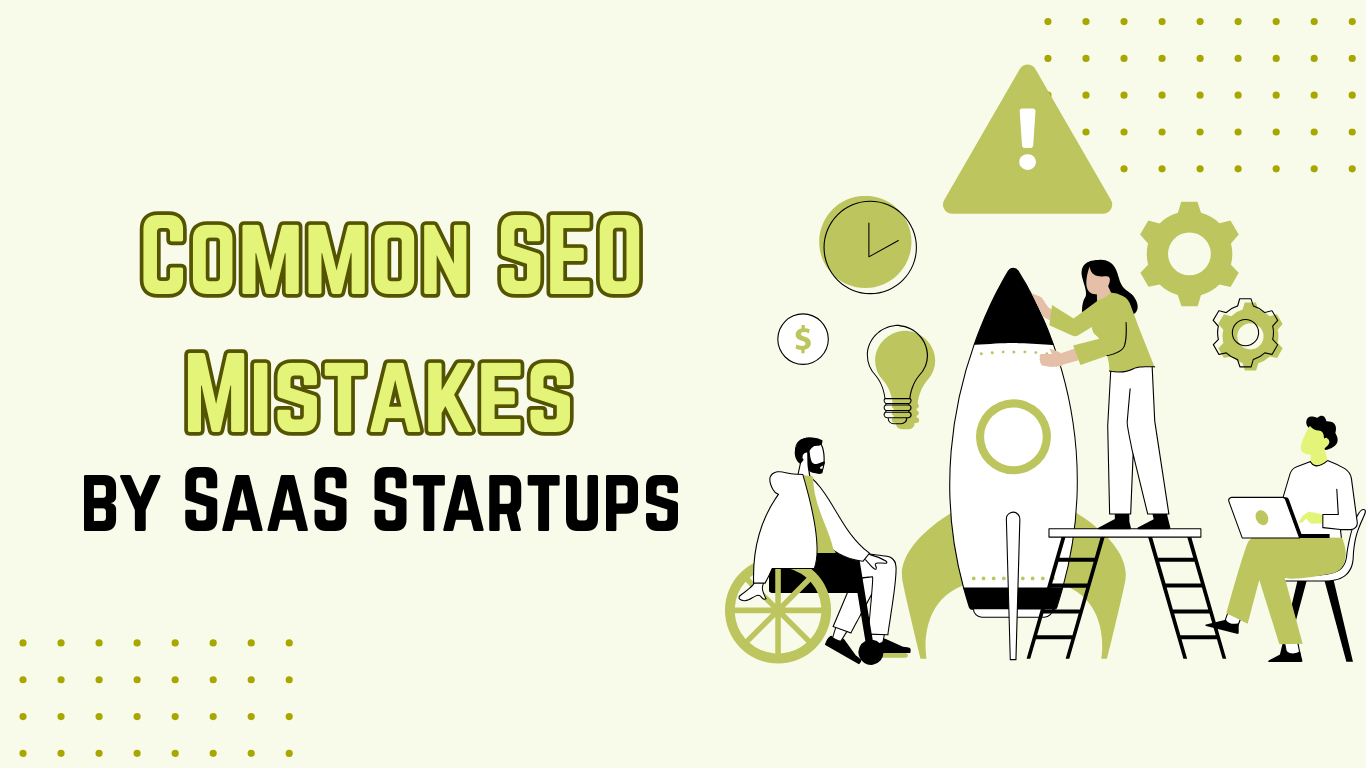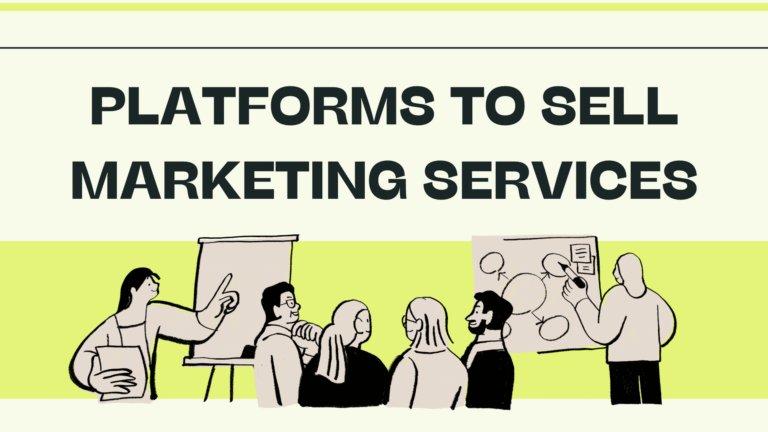Every startup thinks they’ve got SEO figured out – until they don’t. Just throw some keywords on a page and watch the traffic roll in, right? Dead wrong.
Our first six months were a wake-up call. The analytics dashboard stayed flatter than week-old soda while competitors climbed the rankings. Basic keyword stuffing and meta descriptions weren’t cutting it anymore (it’s not 2010, after all). We missed the fundamentals – site speed, mobile optimization, and quality backlinks.
What turned things around? A complete overhaul of our SEO strategy that started with admitting we didn’t know what we didn’t know. Here’s what happened next.
Key Takeaways
- AI chatbots struggled to stand out in search results because their keywords focused on technical specs instead of unique benefits.
- Search patterns showed that users don’t look for features, they’re hunting for answers to their problems.
- Beneath the fancy algorithms and chatbot interfaces, it turned out that basic stuff like how fast pages load on phones and clear meta descriptions could make or break whether anyone found the product at all.
Overlooking Product-Specific Keywords
The early days of search optimization weren’t pretty. The marketing team kept things too simple, using basic keywords that barely scratched the surface of what potential customers actually needed. They’d missed something crucial – the way people naturally search for business automation solutions.
When the data finally came in, it painted a different picture. Real searches focused on specific problems: automating customer communications, qualifying leads faster, handling support questions 24/7. The disconnect between the website’s language and these actual search patterns was pretty obvious (once someone bothered to look at the numbers).
Switching gears to match these detailed search patterns made all the difference. Instead of generic terms, the content started addressing exact pain points – like how to send personalized responses at 3 AM or ways to handle customer questions during peak hours.
Partnering with experienced SEO content writing services helped refine these adjustments so every page spoke directly to buyer intent. Traffic growth followed, proving that sometimes the simplest fixes come from just listening to what people are actually asking for.
Missing AI Chatbot-Related Keywords
The strategy looked solid on paper, chasing broad terms to catch everything. But that’s not how people search for AI solutions. They’re typing in specifics – “ChatGPT for sales emails” or “AI customer service templates.” Real companies hunting for actual solutions, not just browsing around.
Everything shifted when the team got laser-focused. They wove these precise terms into their content naturally, and the results were pretty dramatic. The site started pulling in visitors who weren’t just curious – they came with purchasing power and clear objectives.
Ignoring Use Case and Problem-Solving Keywords
For months, the marketing focused on technical specs and features. Sure, the API documentation matters, but that’s not what keeps business owners up at night. The website metrics told the story – people came, they yawned, they left.
The breakthrough came from the sales floor. Customers weren’t asking about processing power – they wanted to know how to clear their support backlog. New content started addressing real problems: “Turn 48-Hour Response Times into 5 Minutes with AI” and “Stop Working Weekends: Let AI Handle Your Customer Questions.” That’s when engagement numbers started climbing.
Insufficient Audience and Persona Research
Keyword tools can point you in the right direction, but they don’t capture how people actually talk. Nobody sits in their office thinking about “optimizing workflow efficiency.” They’re wondering how to stop drowning in emails or how to keep customers from getting angry about slow responses.
The solution was surprisingly simple – listening to customers. Real conversations revealed the exact words and phrases decision-makers use when describing their challenges. Once those authentic voices made it onto the website, qualified leads started flowing in. Sometimes the best market research happens during a simple phone call.
Relying Only on SEO Tools for Keyword Research
Credits: Website Learners
SEO tools paint part of the picture, but they’re missing the human element. Like trying to understand a city by just looking at its map. The real breakthrough comes from combining data with actual conversations.
Take “AI chatbot platform” – sure, the search volume looks tempting. But “chatbot for reducing support tickets” connects with frustrated support managers who’re ready to solve a problem. Less competition, more qualified leads, better conversion rates. The numbers don’t lie. [1]
Lack of Defined Ideal Customer Profile (ICP) and Target Personas
High traffic isn’t always good traffic. The site was pulling in curious window shoppers instead of serious buyers. Things clicked when the focus shifted to SaaS marketing managers – the ones juggling growth targets with limited resources. They needed automation solutions yesterday.
Content Optimization Errors
Over-Optimizing and Keyword Stuffing
There’s this old page from 2022 that reads like someone fed an AI too much coffee. Keywords everywhere, zero personality. The bounce rate was through the roof, which shouldn’t surprise anyone. Today’s content flows more naturally, and readers actually stick around long enough to reach the call-to-action.
Focusing on Features Instead of Customer Problems
Nobody lies awake at night dreaming about uptime percentages or API response times. They’re wondering how to handle a growing backlog of support tickets without hiring three new people. Once the content started addressing these real-world problems, engagement shot up. More shares, better backlinks, stronger rankings. Sometimes the simplest solutions work best.
Technical and On-Page SEO Neglect
Ignoring Site Architecture and Mobile-Friendliness
Nobody has patience for slow websites anymore, especially on phones. The old site loaded like it was running on a 90s dial-up connection. After watching the analytics tell a pretty painful story, the team finally bit the bullet and rebuilt everything with mobile in mind.
The results speak for themselves – faster loading times, easier navigation, and people actually reading the content instead of giving up and going somewhere else.
Skipping Metadata Optimization for AI Chatbot Pages
Those auto-generated titles and descriptions? About as exciting as reading the phone book. Search results looked generic and lifeless. Now each page has custom metadata that actually tells people what they’ll find. Small change, big difference.
Enhancing SEO Strategy for SaaS Startups
Developing Customer-Centric Content
Tech specs are great for the engineering team, but customers need solutions to their problems. The content strategy shifted from talking about features to addressing real business challenges. Now visitors see themselves and their problems in every piece of content.
Creating Problem-Solving and Benefit-Focused Content
Plain language wins every time. Instead of drowning readers in technical jargon, the focus moved to practical benefits. “Cut your email response time in half” beats “leveraging advanced NLP algorithms” any day of the week.
Producing Unique, Insightful, and Case Study-Based Material
Everyone’s got a blog these days. The real value comes from sharing actual customer success stories. When readers see how Company X saved $50,000 in support costs, they pay attention.
Leveraging Long-Tail and Low-Volume Keywords
The more targeted the keyword, the higher the conversion rate, especially when backed by a B2B SaaS link building plan that connects content with the exact audiences searching for those terms. This kind of precision means fewer wasted clicks and more qualified leads ready to take action.
Targeting Niche Queries for Qualified Traffic
The more specific the search, the more likely they’re ready to buy. Someone looking up “AI chatbot for real estate lead qualification” knows exactly what they need.
Balancing High-Volume and Long-Tail Keyword Usage
A mixed approach works best. Some broader terms keep the traffic flowing, while those super-specific phrases bring in the buyers. It’s not about choosing one or the other – it’s about finding the right mix for your market.
Internal Linking and Site Navigation
Connecting Product Pages with Related Content
The old site felt like a bunch of lonely islands – great content with no bridges between them. Now everything connects naturally. A visitor reading about AI features flows right into customer success stories, then into technical specs. Makes sense for readers, works great for rankings.
Improving User Experience and SEO Link Equity
Simple usually wins. The new navigation got trimmed down to just what people need – no more hunting through endless dropdown menus. Clean, logical paths from any page to anywhere else on the site. When visitors know where they’re going, they stick around longer.
Active Content Marketing and Link Building
Promoting Content Across Relevant Tech and AI Platforms
Great content needs an audience. The team started showing up where the real conversations happen – tech forums, AI development groups, SaaS communities. Not just dropping links and disappearing – actually joining discussions, sharing insights, building relationships.
Building Backlinks to Boost Domain Authority
Guest posting and outreach take time, but there’s no shortcut to quality backlinks. Each new link from a respected tech site helps push rankings higher for those competitive AI and chatbot terms. A focused approach to SaaS link building kept the outreach aligned with industry relevance, so every backlink carried real authority instead of just inflating numbers.
Technical SEO Best Practices for SaaS Startups
Page speed changed everything. The site went from crawling to flying after some serious cleanup:
- Images dropped from monster size to reasonable
- Cut the JavaScript bloat
- Simplified those fancy (but slow) design elements
- Mobile experience that doesn’t make people squint
The navigation got streamlined from a maze to a highway – just 8 clear options instead of 47 confused ones. Load times dropped below 2 seconds (from a painful 6), and the bounce rate followed.
Schema markup turned out to be a secret weapon. Those rich snippets in search results? They’re like free advertising, showing star ratings and features right there in Google.
Speed beats fancy every single time. Because nobody waits 6 seconds for a page to load anymore, no matter how pretty it might be.
Metadata and On-Page Optimization
Crafting Effective Titles and Meta Descriptions
Google cuts off titles after 60 characters – might as well work with that instead of against it. Clear beats clever every time. Something like “AI Chatbot for Customer Service | 2-Minute Response Times” tells people exactly what they’ll get. Meta descriptions work like mini-ads in search results, so make those 160 characters sell the page. [2]
Using Header Tags Strategically to Highlight Keywords
Nobody reads word for word anymore – they scan. Headers help break up the wall of text into something humans can actually process. One H1 for the main topic, H2s for major points, H3s for details. Just keep it natural – those old keyword stuffing tricks don’t fly anymore.
Monitoring and Fixing Technical SEO Issues
Regular Audits for Broken Links and Crawl Errors
Monthly checkups catch problems before they hurt rankings. Last month’s sweep found nearly 50 broken links hiding in old blog posts and product pages. Not fun to fix, but better than sending visitors to error pages.
Addressing Duplicate Content and Indexing Problems
Template pages seemed like a good idea until Google started getting confused. Took some late nights, but now every page stands on its own. Proper canonical tags keep everything straight, and the site map actually makes sense.
Measuring SEO Impact and Conversion Optimization
Understanding Funnel Conversion Metrics from Visitors to Leads
The numbers that really count:
- Time on site (anything over 2 minutes is solid)
- Demo requests per 100 visitors
- Sales calls booked
- Deals closed
Raw traffic’s nice, but qualified leads pay the bills. Focus on the metrics that lead to revenue, not just vanity numbers.
How We’re Using SEO Data to Actually Sell Stuff
Looking at the Numbers
Rankings are nice, but they don’t pay the bills. The real magic happens when visitors turn into customers. Quality content that solves real problems brings in the kind of traffic that converts – shocking, right?
Getting Better Leads from Search
Someone searching “what is a chatbot” probably isn’t pulling out their credit card anytime soon. But “enterprise chatbot pricing comparison”? That’s a buyer doing research. The difference in conversion rates is night and day.
Writing Stuff That Sells
No more fluff pieces about “The Future of AI” – nobody needs another one of those. Each article tackles specific problems: integration challenges, scaling issues, compliance concerns. When someone’s searching for solutions to these headaches, they find us.
Finding Out Who Really Buys
The data showed something interesting – our actual buyers weren’t who we thought. Mid-sized company IT managers convert way better than enterprise CTOs. Sometimes your ideal customer isn’t who you imagined.
Making Sales and SEO Play Nice
Sales calls got way more productive when reps could see which pages leads visited. Knowing someone spent 20 minutes on the compliance page tells you exactly where to start the conversation.
Getting Everyone on the Same Page
Weekly meetings between marketing, sales, and SEO might sound like torture, but the numbers don’t lie – 23% better lead quality in just three months. Turns out people working together beats working in silos.
Making Ad Money Work Harder
Why guess at ad headlines when you can copy what’s already working in organic search? That simple change dropped cost per lead by 30%. Sometimes the obvious answer’s the right one.
Watching the Numbers Like Hawks
Morning coffee comes with a side of analytics now. Weekly content tweaks, monthly deep dives into the data. Nothing kills a pet project faster than hard numbers showing it’s not working.
Tools of the Trade
Google Analytics shows the big picture, SEMrush tracks keywords, Ahrefs watches competitors. Each tool tells part of the story – you need the full set to really understand what’s happening.
Changing Course When Needed
If something’s not working, cut it loose. If something works, double down. Sounds simple because it is. No point getting emotional about metrics.
Conclusion
SEO for SaaS startups isn’t rocket science, but we sure made it harder than it needed to be. Took us months to figure out that rattling off features didn’t work, people wanted solutions to their problems.
Fixed the technical stuff, got specific with keywords, and actually listened to what customers were searching for. Still tweaking things daily, but organic traffic’s finally bringing in people who want to buy, not just window shop. Not perfect, but getting there.
References
- https://blog.hubspot.com/marketing/how-to-do-keyword-research-ht
- https://www.searchenginejournal.com/google-title-tag-length/400682/
Related Articles
- https://createandgrow.com/seo-content-writing-services/
- https://createandgrow.com/what-is-saas-link-building/
- https://createandgrow.com/b2b-saas-link-building/
Frequently Asked Questions





